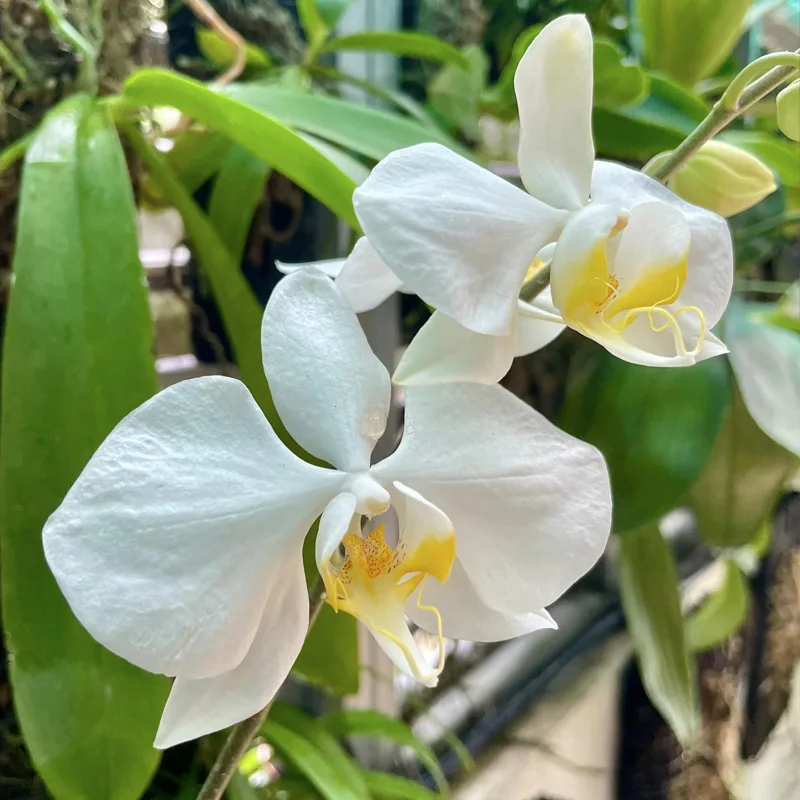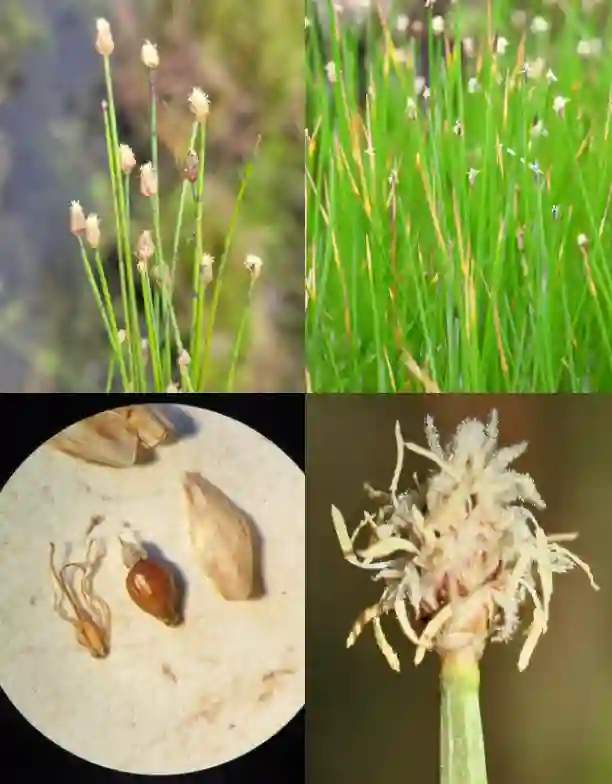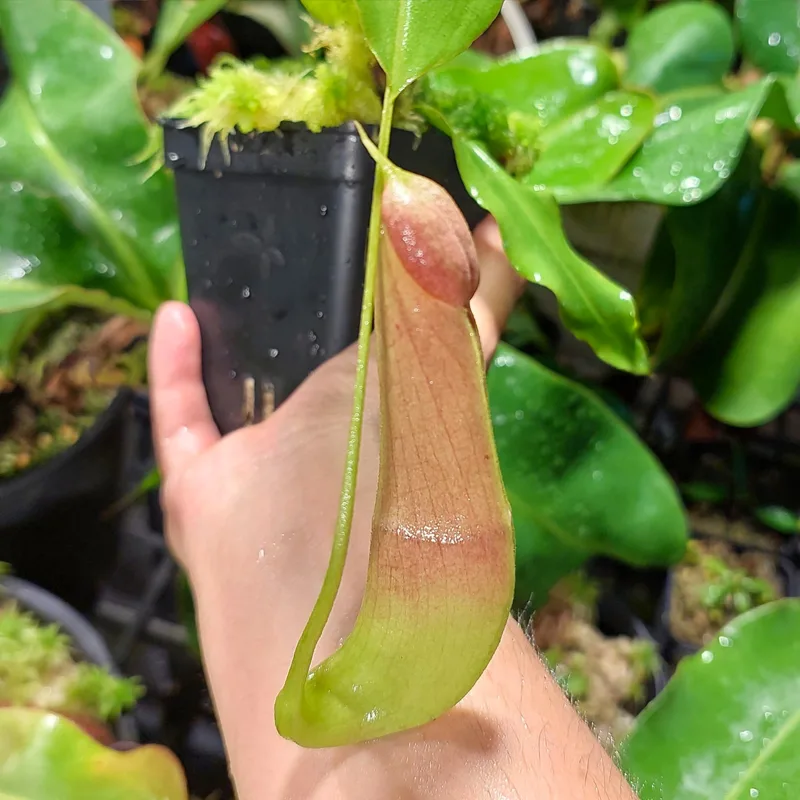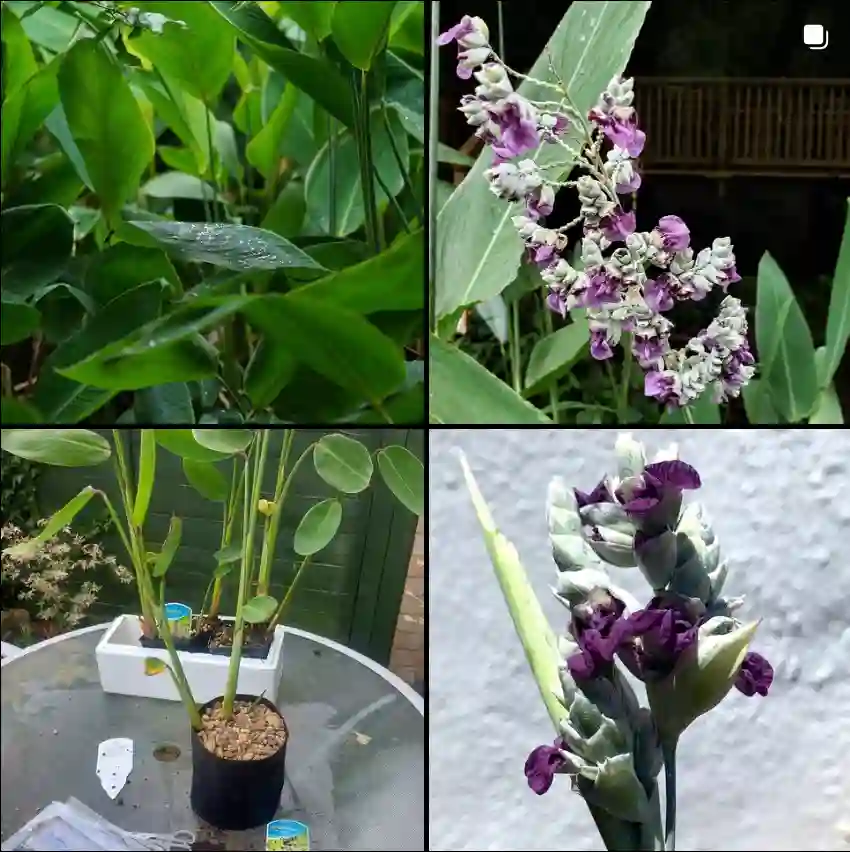What is Chrysopsis Mariana?
Chrysopsis Mariana, commonly known as the Maryland Golden Aster, belong to the Asteraceae family, is a perennial plant native to the southeastern United States. This herbaceous perennial features bright yellow daisy-like flowers that bloom from late summer to fall, making it a standout in any garden. The plant typically grows to about 1 to 2 feet in height and has a bushy, clump-forming habit. Its leaves are lance-shaped and covered with fine hairs, giving it a distinct texture.
Plant Family: 1720 Genera in Asteraceae
How to Care for Chrysopsis Mariana?
Caring for Chrysopsis Mariana is relatively straightforward, but there are a few key points to keep in mind:
- Light Requirements: Maryland Golden Aster thrives in full sun. It requires at least 6 hours of direct sunlight each day to bloom optimally.
- Soil Conditions: It prefers well-draining soil. While it can tolerate a variety of soil types, ensuring good drainage is crucial to prevent root rot.
- Watering: This plant is fairly drought-tolerant once established. Regular watering is needed during the first growing season to establish a strong root system. Afterward, water sparingly, allowing the soil to dry out between watering.
- Fertilization: A balanced, all-purpose fertilizer applied in early spring can promote healthy growth and vibrant blooms. Avoid over-fertilizing, as this can lead to excessive foliage growth at the expense of flowers.
- Pruning: Deadhead spent flowers to encourage a longer blooming period. In late fall or early spring, cut back the plant to remove any dead or damaged stems, which helps to keep it tidy and promotes new growth.
How to Propagate Chrysopsis Mariana?
Propagation of Chrysopsis Mariana can be done through seeds or division:
- Seeds: Sow seeds in late winter or early spring. Start them indoors in seed trays with a well-draining seed mix. Once seedlings are large enough to handle, transplant them to their final location. Outdoor sowing can be done after the last frost.
- Division: In early spring or fall, dig up the plant and divide the root clumps. Replant the divisions immediately in their new locations. This method not only propagates the plant but also helps rejuvenate older specimens.
What to Plant With Chrysopsis Mariana?
Chrysopsis Mariana pairs well with various companion plants:
- Echinacea: The coneflower’s purple blooms complement the golden asters beautifully, creating a striking contrast.
- Rudbeckia: Black-eyed Susans add a similar golden hue and help extend the blooming period.
- Salvia: The vibrant blues and purples of Salvia provide a nice color contrast and attract pollinators.
- Grasses: Ornamental grasses like Feather Reed Grass or Blue Fescue add texture and movement to the garden, making the asters stand out even more.
Is Chrysopsis Mariana Toxic?
Chrysopsis Mariana is not known to be toxic to humans or pets. It is a safe plant to have in gardens frequented by children and animals. However, as with any plant, it’s always a good idea to monitor your pets and children to ensure they do not ingest any parts of the plant, as ingestion of large quantities can sometimes lead to digestive upset.
Benefits of Chrysopsis Mariana
Maryland Golden Aster offers several benefits:
- Attractive Blooms: Its bright yellow flowers add a cheerful pop of color to gardens and attract pollinators like bees and butterflies.
- Low Maintenance: Once established, it requires minimal care, making it a great choice for busy gardeners.
- Drought Tolerance: Its drought tolerance makes it ideal for xeriscaping or low-water gardens.
- Wildlife Friendly: Provides nectar for pollinators and seeds for birds, contributing to a healthy garden ecosystem.
Common Problems with Chrysopsis Mariana
While Chrysopsis Mariana is generally hardy, it can face a few issues:
- Powdery Mildew: This fungal disease can cause a white, powdery coating on leaves. Improve air circulation and avoid overhead watering to manage it.
- Root Rot: Overly wet soil can lead to root rot. Ensure proper drainage and avoid waterlogging to prevent this problem.
- Pests: Watch for aphids and spider mites. Insecticidal soap or neem oil can help manage these pests.
Comparing Chrysopsis Mariana to Other Similar Plants
When comparing Chrysopsis Mariana to other golden asters or similar plants, such as:
- Solidago (Goldenrod): Goldenrods are often confused with Chrysopsis Mariana due to their similar flower color. However, goldenrods tend to be taller and have more elongated flower clusters.
- Heliopsis (False Sunflower): Heliopsis also features yellow flowers, but its blooms are larger and more daisy-like compared to the smaller, daintier flowers of Chrysopsis Mariana.
- Coreopsis (Tickseed): Coreopsis flowers are generally more varied in color, including reds and oranges, and their foliage is different in texture compared to the Maryland Golden Aster.
In summary, Chrysopsis Mariana is a delightful and easy-to-care-for plant that adds vibrant color and ecological benefits to any garden. With proper care, it can be a reliable performer in your garden, offering beauty and attracting beneficial wildlife.
If i die, water my plants!



